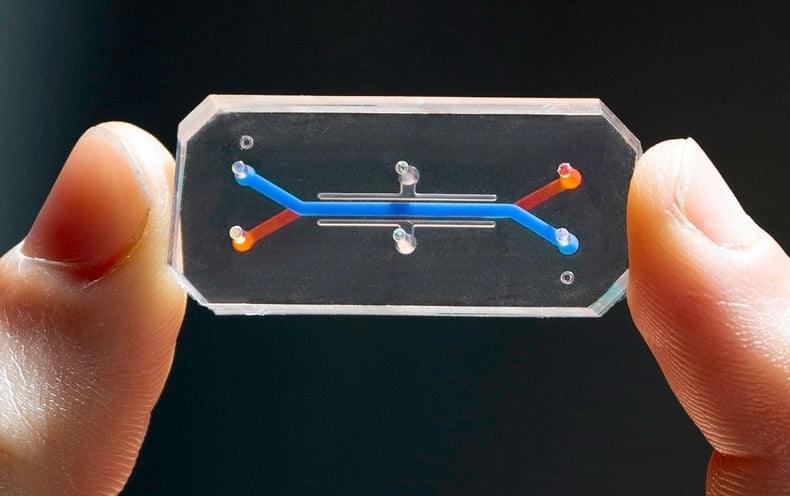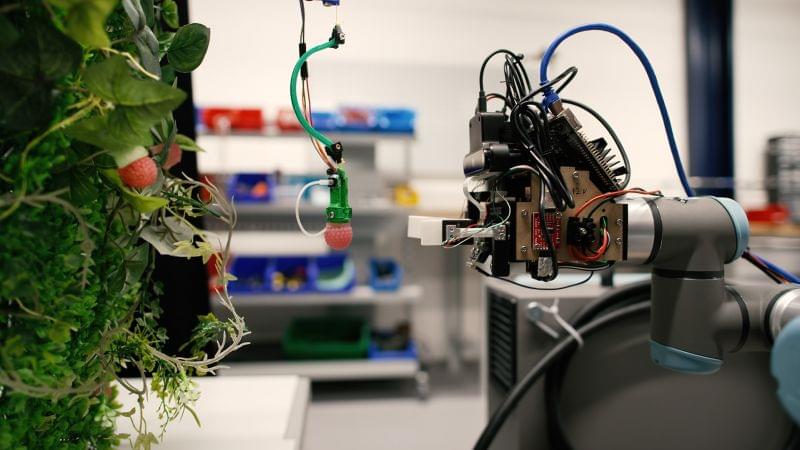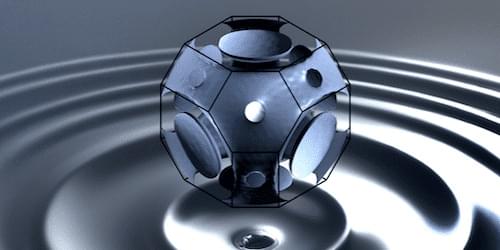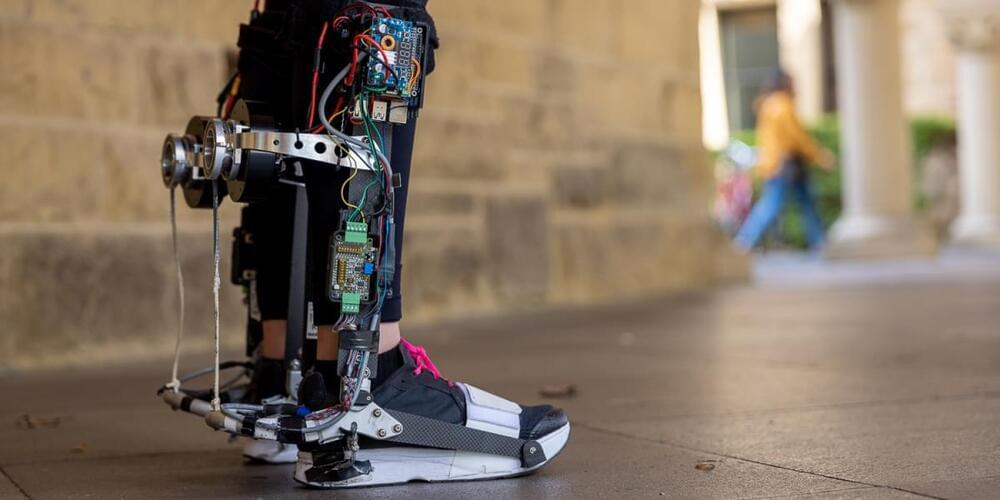Dec. 14, 2021 — A new FDA-approved eyedrop medicine could replace reading glasses for millions of Americans who have age-related blurry vision.
The product, called Vuity, was approved by the FDA in October and went on the market last week. The new medicine begins working in about 15 minutes and provides sharper vision for 6 to 10 hours.
Vuity is the first FDA-approved eyedrop to treat the condition known as presbyopia, which tends to affect people ages 40 and older. The prescription drug uses the eye’s natural ability to reduce its pupil size.









